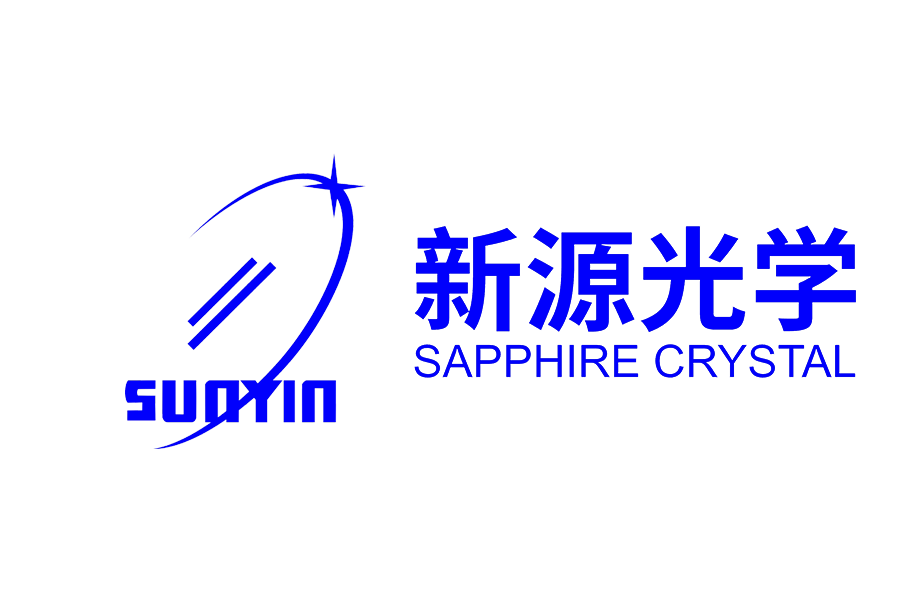

Time:2025-06-26
Laser cutting technology, as an important breakthrough in the field of modern precision manufacturing, is demonstrating strong processing capabilities among numerous materials due to its unique advantages of non-contact, high precision, and high speed. Especially inSapphire phone mirrorIn the process of manufacturing, laser cutting technology has become the preferred method. It can not only complete the task without damaging the material surface, but also easily achieve accurate cutting of complex shapes, bringing revolutionary changes to the design and manufacturing of smartphones.
Sapphire has become an ideal material for smartphone mirrors due to its high hardness, high wear resistance, and good transparency. However, the "hard" nature of this material also poses significant challenges for processing. Traditional mechanical cutting methods often leave scratches, cracks, and even debris on the surface of materials, seriously affecting the aesthetics and service life of the mirror surface. The emergence of laser cutting technology has solved this problem.
The basic principle of laser cutting is to focus a high-energy density laser beam through a lens into a small spot, which reaches a high power density at the focal point, causing the material to melt or vaporize instantly, thus achieving cutting. Due to the high energy and high focusing characteristics of the laser beam, the cutting process can be completed in a short period of time, improving processing efficiency. Meanwhile, the precision of laser cutting can reach the micrometer level, which is incomparable to traditional cutting techniques for materials with high requirements such as sapphire.
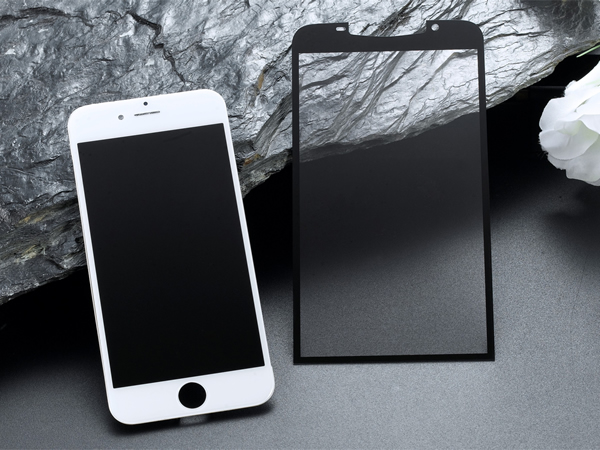
The non-contact characteristics of laser cutting technology are particularly important in the processing of sapphire mobile phone mirrors. The traditional mechanical cutting method requires direct contact with the processed material, which often leaves mechanical stress on the material surface, leading to material deformation or cracking. Laser cutting avoids this problem by using the high energy density of the laser beam to directly heat and melt the material without any physical contact, ensuring that the processed mirror surface is smooth and undamaged.
In addition, laser cutting technology can easily achieve accurate cutting of complex shapes. With the continuous innovation of smartphone design, the shape of mirrors has become increasingly complex. Traditional mechanical cutting methods often struggle to meet the processing requirements of complex shapes, while laser cutting, with its high precision, can easily complete cutting of various complex shapes. Whether it is a circular, elliptical, or irregularly shaped mirror, laser cutting can achieve accuracy and provide more possibilities for the design of smartphones.
In the process of laser cutting sapphire mobile phone mirrors, it is also necessary to pay attention to the optimization and adjustment of some key technical parameters. Firstly, the selection of laser power is one of the key factors affecting cutting speed and quality. Reasonably adjusting the laser power based on the material and thickness of sapphire can achieve higher cutting efficiency and better cutting quality. Generally speaking, increasing laser power can improve cutting speed, but excessive power may also cause material overburning or deformation. Therefore, in practical operation, it is necessary to conduct experiments and adjustments according to specific situations to find the appropriate laser power.
Next is the control of the focal position, which has a significant impact on the cutting depth and width. By adjusting the focal position, it can ensure that the laser beam forms a better focusing effect on the material surface, thereby improving cutting accuracy and efficiency. For sapphire materials of different thicknesses and shapes, it is necessary to determine the appropriate focal position through experiments to ensure the stability and consistency of the cutting effect.
In addition, the selection and use of auxiliary gases are also an indispensable part of the laser cutting process. The auxiliary gas plays a role in cooling, blowing, and preventing oxidation during the laser cutting process. Different types of auxiliary gases (such as oxygen, nitrogen, compressed air, etc.) have different effects on the cutting effect. Choosing the appropriate auxiliary gas based on the material characteristics and cutting requirements of sapphire can improve cutting efficiency and quality.
Laser cutting technology has become the preferred processing method for sapphire mobile phone mirrors due to its non-contact, high-precision, and high-speed characteristics. It not only enables accurate cutting of complex shapes without damaging the material surface, but also brings more forms of display to the design and manufacturing of smartphones.

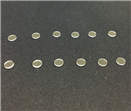

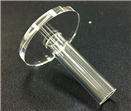

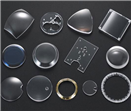
Tel
Mobile phone
Customer service
TOP